Graphic design for art galleries emerged as a pivotal component during the contemporary art boom, aiming to draw audiences into the vibrant world of visual art. Back then, galleries often relied on simplistic posters and brochures; today, innovative graphic design approaches are flourishing. Regardless of the technique, graphic design for art galleries serves to encapsulate the essence of the artwork and entice viewers. Although at first glance this discipline might appear overly commercial or technical, in reality, it is a creative endeavor that is witnessing a renaissance. Elevate your gallery's aesthetic appeal with the following graphic design concepts and craft an immersive visual experience.
Gallery exhibition poster
The graphic design of a gallery exhibition poster serves as an essential visual gateway, enticing viewers while encapsulating the thematic essence of the exhibition. A designer must meticulously harmonize typography, color palettes, and imagery, creating a cohesive narrative that complements the featured artworks. Balancing aesthetic appeal with informational clarity demands precision, as the poster should effortlessly convey critical details such as the exhibition's title, dates, location, and featured artists. Incorporating elements that reflect the artist's style or the exhibition's mood becomes crucial, often requiring experimentation with various design elements like textures, shapes, or even custom illustrations, achieving a design that is not merely informative but also a work of art in itself.
Curatorial concept design
Curatorial concept design for an art gallery requires a harmonious blend of visual creativity and thematic coherence to ensure that the displayed works communicate a unified narrative or experience. Curators must consider the emotional and intellectual responses they wish to evoke from viewers by carefully selecting works that not only resonate with the overarching theme but also complement the physical space. This involves orchestrating the spatial arrangement to optimize the flow of movement, directing attention purposefully, and integrating elements like lighting, color palette, and supporting materials such as signage and informational texts. Each element must serve both an aesthetic and functional purpose, enhancing the dialogue between the artwork and the audience while subtly guiding the viewer's journey through the gallery.
Visual identity branding
Graphic design for an art gallery's visual identity involves crafting a cohesive branding experience that resonates with the gallery's ethos and enhances its aesthetic appeal to its audience. This process begins with the creation of a distinctive logo that embodies the gallery's artistic vision and sets the tone for all visual communications. It's supported by a curated color palette and typography selection that not only complements the artwork showcased but also reinforces the gallery's unique character and narrative. Designers must ensure that every touchpoint, from business cards and brochures to digital platforms, consistently reflects this visual language, thereby strengthening the gallery's presence and recognition within the competitive art landscape.
Art installation graphics
Art installation graphics for an art gallery require a profound understanding of the spatial and thematic context in which they reside, seamlessly integrating visual elements with the physical characteristics of the space to enhance the viewer's immersive experience. Each graphic component must align with the narrative and aesthetic of the installation, whether it's through vibrant, eye-catching visuals or subtle, understated designs that complement the artwork without overshadowing it. The choice of materials, such as vinyl, fabric, or digital projections, must sustain the environmental and lighting conditions of the gallery while ensuring durability and high-resolution clarity. Special attention is given to color schemes, typography, and spatial distribution to guide visitors through the gallery intuitively, creating a harmonious and engaging dialogue between the artwork, its surroundings, and the visitors, thus elevating the overall impact of the exhibition.
Exhibition invitation cards
The graphic design of exhibition invitation cards for an art gallery serves as a critical bridge between the artwork and the audience, encapsulating the essence and theme of the exhibition in a compact visual form. Designers must expertly balance typography, color schemes, and imagery that not only reflect the style of the featured artists but also align with the gallery's branding and identity. Each element, from the choice of paper texture to the finishing touches such as embossing or foil stamping, is meticulously considered to evoke curiosity and anticipation, transforming the card from a mere piece of paper into a tactile piece of art. The layout must guide the recipient's eye seamlessly from the striking visuals to the essential details such as the event date, location, and featured artists, ensuring the invitation is both an aesthetic delight and a practical tool for gathering art enthusiasts.
Wall text layout
Designing wall text for an art gallery requires a meticulous balance between aesthetics and readability, ensuring that the information enhances the viewer's experience without overwhelming the artwork. Each segment of text must be strategically placed, often aligning with the viewer's natural line of sight and the architectural flow of the space, allowing for seamless transitions between art pieces. Font choice plays a critical role, where serif fonts might lend a classic and formal feel, while sans-serif could offer modernity and clarity, always coupled with careful consideration of type size and color contrast to maintain legibility against the gallery's varying lighting conditions. Margin spacing and text hierarchy should convey the curator's narrative intention, helping to guide viewers through thematic explorations while providing essential context, artist biographies, or interpretive cues that invite deeper engagement with the artworks.
Artwork label design
Artwork label design in an art gallery is an essential component that merges functionality with aesthetic appeal, serving as both an informative tool and an extension of the displayed art. Each label must succinctly convey critical information such as the artist's name, title of the artwork, medium, dimensions, and year of creation, ensuring the typeface is legible yet complementary to the gallery's overall design ethos. The choice of material, colors, and layout is fundamental in creating a cohesive visual narrative that aligns with the gallery's ambiance and its curatorial themes. Additionally, the size and placement of the labels should consider the spatial dynamics of the gallery, allowing visitors to engage with the details effortlessly without detracting from the main exhibit.
Digital promotional banners
Digital promotional banners for an art gallery require a harmonious blend of aesthetics and functionality that accentuates the distinctiveness of the artwork showcased, ensuring that the visual narrative captures the audience's attention at a single glance. The color palette chosen must reflect the gallery's theme, often leaning towards neutral backgrounds to allow the art's vibrancy to stand out, and contrasting elements can be used strategically to highlight specific details or featured artists. Typography plays a crucial role in these designs, with fonts carefully selected to complement the art style while remaining legible and impactful across various digital platforms. Interactive elements or animations might be incorporated to engage viewers more profoundly, making the banners not only eye-catching but also inviting them to explore further, consequently enhancing the art gallery's digital presence and reach.
Interactive display interfaces
Interactive display interfaces in art galleries have revolutionized the way audiences engage with artworks, utilizing sophisticated touchscreens, motion sensors, and augmented reality technology to transform static displays into dynamic experiences. Designers meticulously curate these interfaces to enhance accessibility, ensuring that users of varying mobility and technological proficiency can seamlessly interact with the artworks. Thickness and brightness settings, multi-touch surfaces, and intuitive navigation features allow for personalized interactions, inviting viewers to explore historical contexts, artist biographies, and thematic elements with unprecedented depth. Curators often integrate feedback mechanisms within these interfaces, enabling a reciprocal dialogue between the audience and the exhibit that informs future gallery endeavors while fostering a deeper connection with the displayed art.
Catalog and brochure design
In the realm of graphic design for art galleries, the creation of catalogs and brochures is paramount to the effective communication of the gallery's aesthetic and curatorial vision. Each catalog serves not just as a mere inventory of the artworks but transforms into a tactile journey through the material selection and finishes, such as matte or gloss lamination, which reflect the essence of the works it encapsulates. The design must balance elegance and functionality with careful consideration given to typography hierarchy, which guides the viewer's eye seamlessly from vibrant images to well-articulated descriptions, providing context and narrative that enrich the visual experience. Meanwhile, brochures act as a succinct teaser, often employing striking visual elements and compelling excerpts, strategically organized in a tri-fold or bi-fold format, inviting potential patrons into the gallery space and offering a taste of the exhibitions that beckon within.






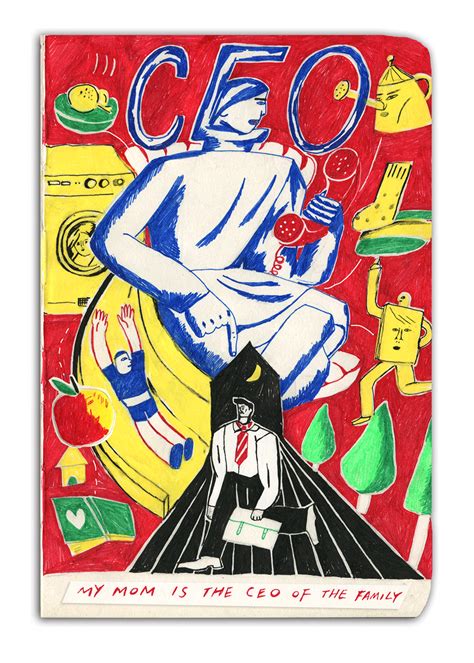
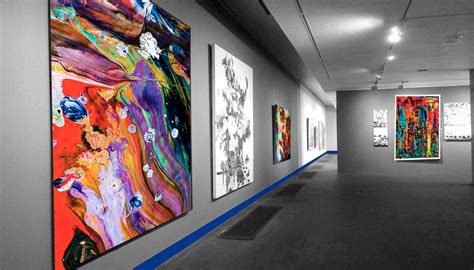
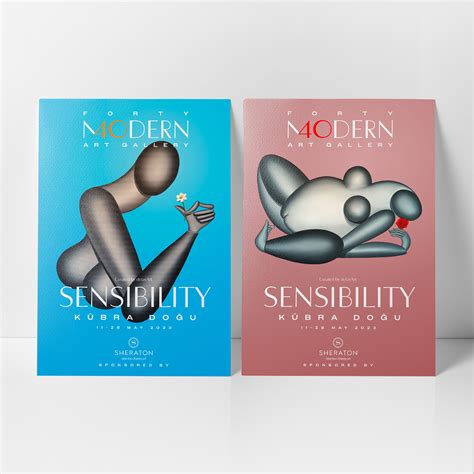
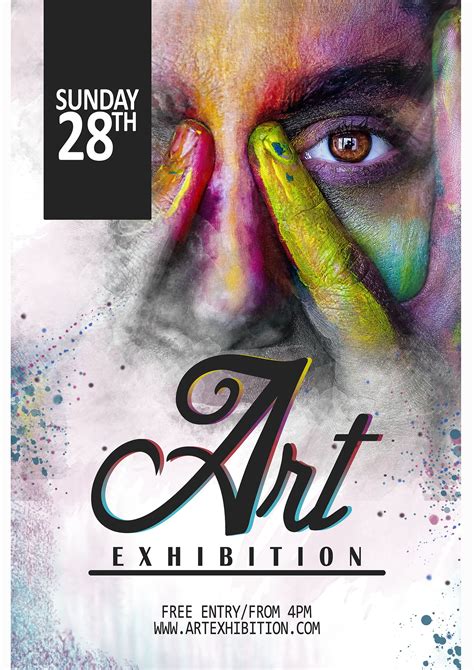
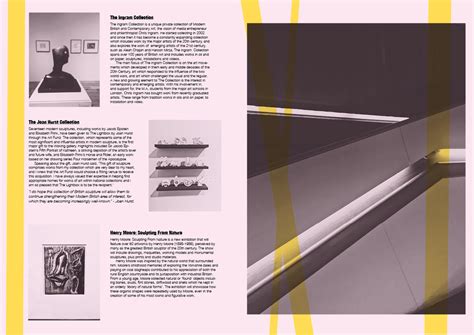
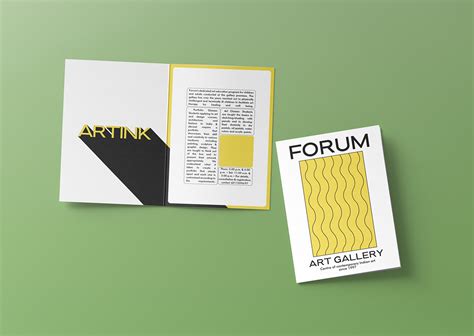
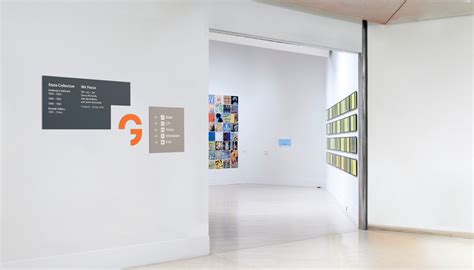
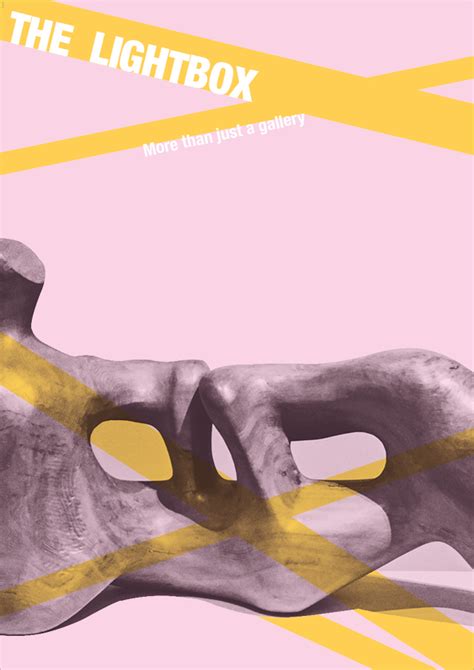
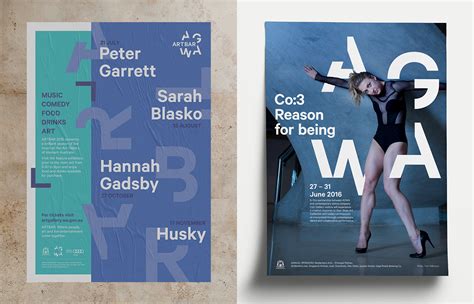
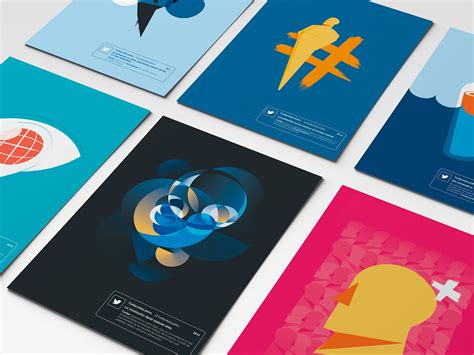
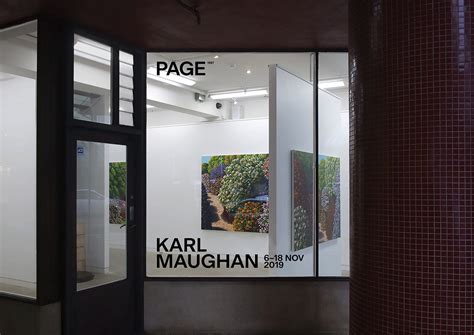
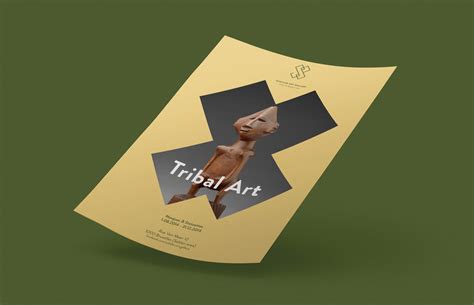
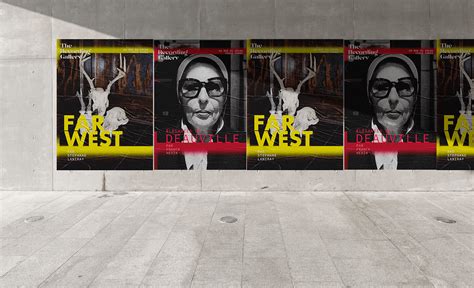
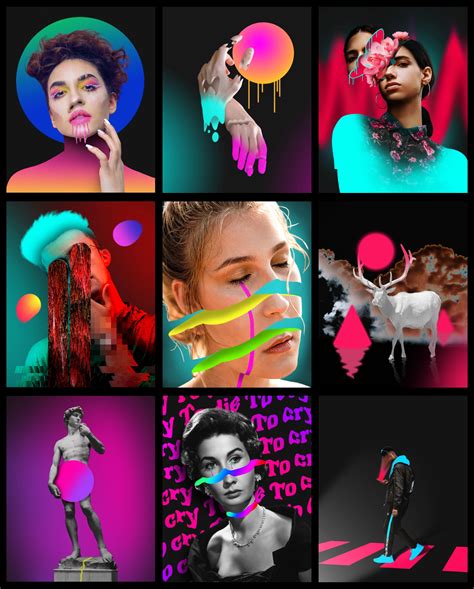
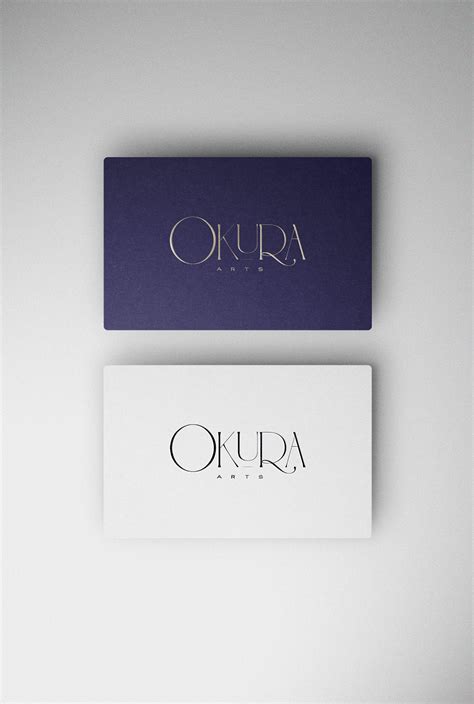
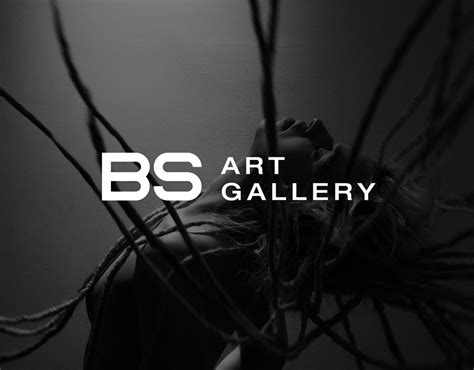
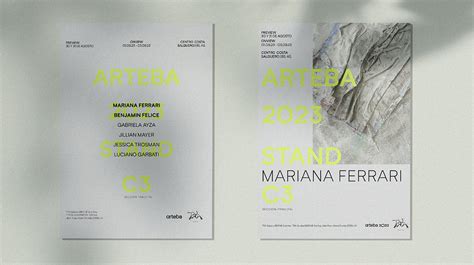
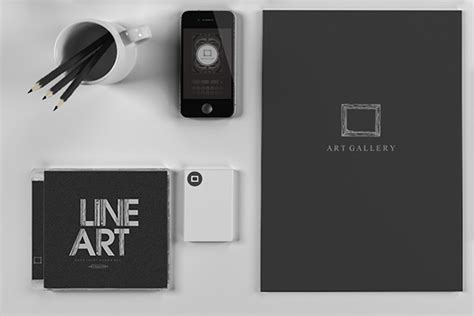
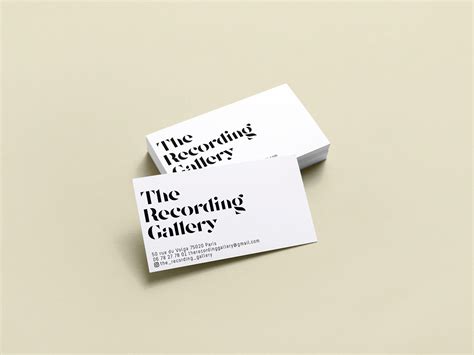
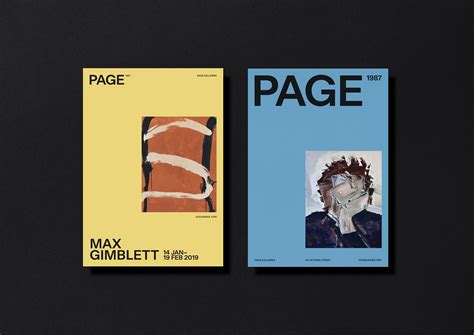
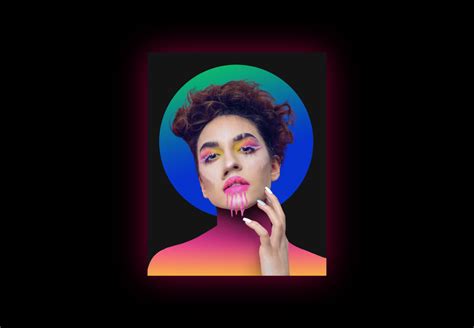
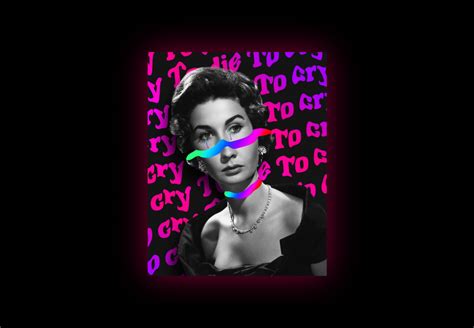
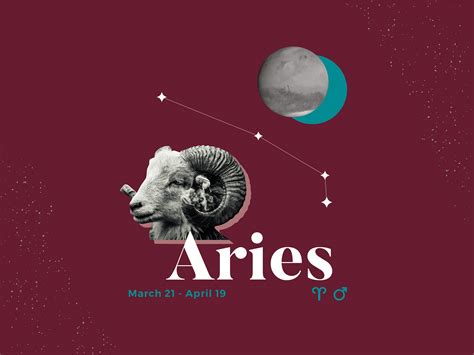

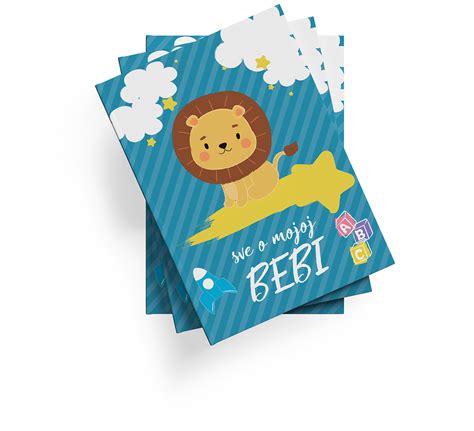
Leave a Reply
Your email address will not be published.